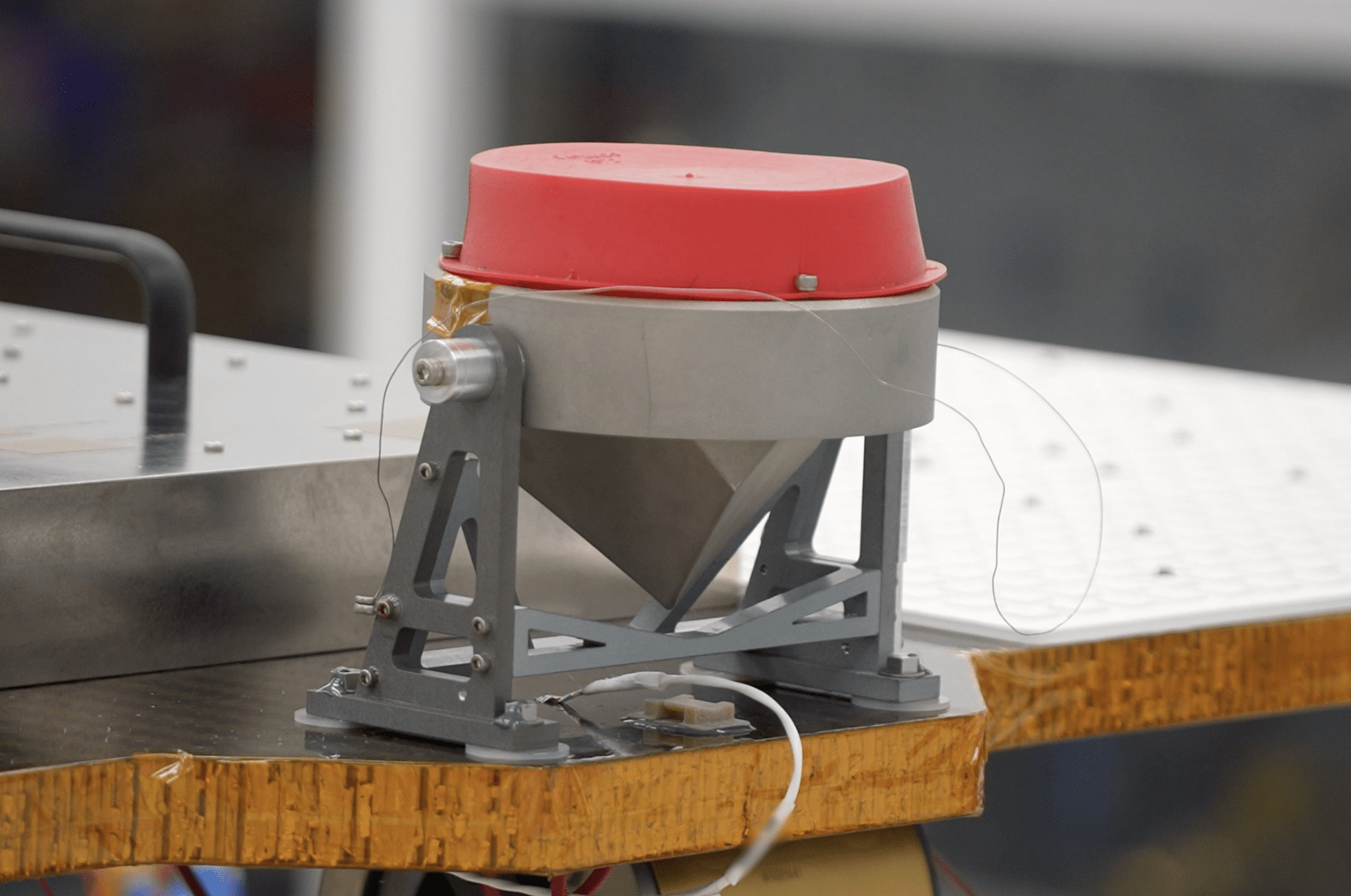3 min read

Apollo astronauts set up mirror arrays, or "retroreflectors," on the Moon to accurately reflect laser light beamed at them from Earth with minimal scattering or diffusion. Retroreflectors are mirrors that reflect the incoming light back in the same incoming direction. Calculating the time required for the beams to bounce back allowed scientists to precisely measure the Moon's shape and distance from Earth, both of which are directly affected by Earth's gravitational pull. More than 50 years later, on the cusp of NASA's crewed Artemis missions to the Moon, lunar research still leverages data from those Apollo-era retroreflectors.
As NASA prepares for the science and discoveries of the agency's Artemis campaign, state-of-the-art retroreflector technology is expected to significantly expand our knowledge about Earth's sole natural satellite, its geological processes, the properties of the lunar crust and the structure of lunar interior, and how the Earth-Moon system is changing over time. This technology will also allow high-precision tests of Einstein's theory of gravity, or general relativity.
That's the anticipated objective of an innovative science instrument called NGLR (Next Generation Lunar Retroreflector), one of 10 NASA payloads set to fly aboard the next lunar delivery for the agency's CLPS (Commercial Lunar Payload Services) initiative. NGLR-1 will be carried to the surface by Firefly Aerospace's Blue Ghost 1 lunar lander.
Developed by researchers at the University of Maryland in College Park, NGLR-1 will be delivered to the lunar surface, located on the Blue Ghost lander, to reflect very short laser pulses from Earth-based lunar laser ranging observatories, which could greatly improve on Apollo-era results with sub-millimeter-precision range measurements. If successful, its findings will expand humanity's understanding of the Moon's inner structure and support new investigations of astrophysics, cosmology, and lunar physics - including shifts in the Moon's liquid core as it orbits Earth, which may cause seismic activity on the lunar surface.
"NASA has more than half a century of experience with retroreflectors, but NGLR-1 promises to deliver findings an order of magnitude more accurate than Apollo-era reflectors," said Dennis Harris, who manages the NGLR payload for the CLPS initiative at NASA's Marshall Space Flight Center in Huntsville, Alabama.
Deployment of the NGLR payload is just the first step, Harris noted. A second NGLR retroreflector, called the Artemis Lunar Laser Retroreflector (ALLR), is currently a candidate payload for flight on NASA's Artemis III mission to the Moon and could be set up near the lunar south pole. A third is expected to be manifested on a future CLPS delivery to a non-polar location.






